Imagine being a patient in the early 19th century, when all ailments were considered “humors” to be ejected from the body. To restore balance, various techniques such as diets, natural herbs, or bloodletting with leeches were used – the only “technology” available at the time.
Even when the basic structure of modern medicine came into place, the average life expectancy was just 34 years old in 1913. A patient from that era would surely be amazed by the leaps and bounds that healthcare has undergone since then, thanks to the influence of technology.
The Healthtech Revolution
Today’s infographic dives into some of the technological advances that are pushing the boundaries of modern healthcare, and what this could mean for the sector.
What is Healthtech?
Healthcare technology, or healthtech, is the use of technology to better treat patients. Many such inventions have been credited for saving countless human lives since the 1800s.
Medicines, devices, procedures, and even organizational systems contribute to expanding life expectancy and improvements in quality of life.
From Fiction to Reality
Breakthroughs such as robotic arms, 3D bio-printed organs, and virtual reality for pain relief are being developed in the medical sector, drawing influences from the big screen.
Technologies that were once the staple of science fiction movies are rapidly becoming realities.
— Jeroen Tas, Chief Innovation Officer, Philips
But there’s a less tactile application of technology from science fiction that will arguably have an even bigger impact on healthcare: artificial intelligence (AI).
By recognizing patterns in behavior and creating their own logic, machine learning algorithms are set to transform various aspects of healthcare ranging from the automation of mundane tasks to the creation of entirely new drugs.
Healthcare at our Fingertips
Healthcare is also getting more mobile and connected, putting the Internet of Things (IoT) and mobile health (mHealth) at center stage as sources of potential disruption.
These technologies can help in everything from offering patients a convenient way to book appointments and pay bills online, to allowing doctors to use electronic health records to access and share information.
Wearable devices and smartphone apps are spiking in adoption as they unlock the option to monitor and manage individual health anytime, anywhere. This is creating an explosion in personal health data, which consumers are willing to share with their doctor if it will benefit them or others.
The Coming Healthtech Boom
Artificial intelligence, IoT, and mHealth are contributing to rapidly expanding healthtech sector, and each are expected to experience rapid growth by 2025:
| Healthcare segment | Current* | Projected (2025E) | CAGR |
|---|---|---|---|
| Artificial Intelligence | $2.1 billion | $36.1 billion | 50.2% |
| Global IoT | $120.2 billion | $543.3 billion | 20.2% |
| Global mHealth | $4.16 billion | $111.8 billion | 44.2% |
*2018E for AI, 2017 for IoT, 2016 for mHealth.
While healthtech won’t replace your doctor anytime soon, but it will certainly change your experience with healthcare – both on the front-end and behind the scenes.
News This Week
Researchers highlight five pathways through which microplastics can harm the brain
Microplastics could be fueling neurodegenerative diseases like Alzheimer's and Parkinson's, with a new study highlighting five ways microplastics can trigger inflammation and damage in the brain. More than 57 million people live with dementia, [...]
Tiny Metal Nanodots Obliterate Cancer Cells While Largely Sparing Healthy Tissue
Scientists have developed tiny metal-oxide particles that push cancer cells past their stress limits while sparing healthy tissue. An international team led by RMIT University has developed tiny particles called nanodots, crafted from a metallic compound, [...]
Gold Nanoclusters Could Supercharge Quantum Computers
Researchers found that gold “super atoms” can behave like the atoms in top-tier quantum systems—only far easier to scale. These tiny clusters can be customized at the molecular level, offering a powerful, tunable foundation [...]
A single shot of HPV vaccine may be enough to fight cervical cancer, study finds
WASHINGTON -- A single HPV vaccination appears just as effective as two doses at preventing the viral infection that causes cervical cancer, researchers reported Wednesday. HPV, or human papillomavirus, is very common and spread [...]
New technique overcomes technological barrier in 3D brain imaging
Scientists at the Swiss Light Source SLS have succeeded in mapping a piece of brain tissue in 3D at unprecedented resolution using X-rays, non-destructively. The breakthrough overcomes a long-standing technological barrier that had limited [...]
Scientists Uncover Hidden Blood Pattern in Long COVID
Researchers found persistent microclot and NET structures in Long COVID blood that may explain long-lasting symptoms. Researchers examining Long COVID have identified a structural connection between circulating microclots and neutrophil extracellular traps (NETs). The [...]
This Cellular Trick Helps Cancer Spread, but Could Also Stop It
Groups of normal cbiells can sense far into their surroundings, helping explain cancer cell migration. Understanding this ability could lead to new ways to limit tumor spread. The tale of the princess and the [...]
New mRNA therapy targets drug-resistant pneumonia
Bacteria that multiply on surfaces are a major headache in health care when they gain a foothold on, for example, implants or in catheters. Researchers at Chalmers University of Technology in Sweden have found [...]
Current Heart Health Guidelines Are Failing To Catch a Deadly Genetic Killer
New research reveals that standard screening misses most people with a common inherited cholesterol disorder. A Mayo Clinic study reports that current genetic screening guidelines overlook most people who have familial hypercholesterolemia, an inherited disorder that [...]
Scientists Identify the Evolutionary “Purpose” of Consciousness
Summary: Researchers at Ruhr University Bochum explore why consciousness evolved and why different species developed it in distinct ways. By comparing humans with birds, they show that complex awareness may arise through different neural architectures yet [...]
Novel mRNA therapy curbs antibiotic-resistant infections in preclinical lung models
Researchers at the Icahn School of Medicine at Mount Sinai and collaborators have reported early success with a novel mRNA-based therapy designed to combat antibiotic-resistant bacteria. The findings, published in Nature Biotechnology, show that in [...]
New skin-permeable polymer delivers insulin without needles
A breakthrough zwitterionic polymer slips through the skin’s toughest barriers, carrying insulin deep into tissue and normalizing blood sugar, offering patients a painless alternative to daily injections. A recent study published in the journal Nature examines [...]
Multifunctional Nanogels: A Breakthrough in Antibacterial Strategies
Antibiotic resistance is a growing concern - from human health to crop survival. A new study successfully uses nanogels to target and almost entirely inhibit the bacteria P. Aeruginosa. Recently published in Angewandte Chemie, the study [...]
Nanoflowers rejuvenate old and damaged human cells by replacing their mitochondria
Biomedical researchers at Texas A&M University may have discovered a way to stop or even reverse the decline of cellular energy production—a finding that could have revolutionary effects across medicine. Dr. Akhilesh K. Gaharwar [...]
The Stunning New Push to Protect the Invisible 99% of Life
Scientists worldwide have joined forces to build the first-ever roadmap for conserving Earth’s vast invisible majority—microbes. Their new IUCN Specialist Group reframes conservation by elevating microbial life to the same urgency as plants and [...]
Scientists Find a Way to Help the Brain Clear Alzheimer’s Plaques Naturally
Scientists have discovered that the brain may have a built-in way to fight Alzheimer’s. By activating a protein called Sox9, researchers were able to switch on star-shaped brain cells known as astrocytes and turn them into [...]

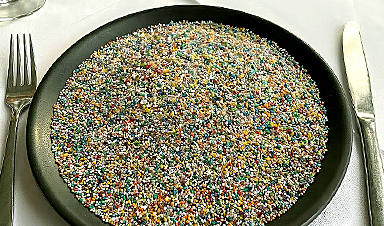



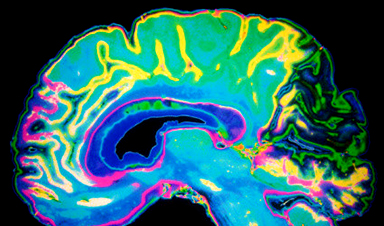
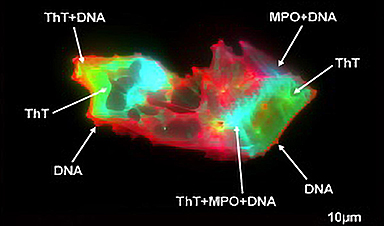


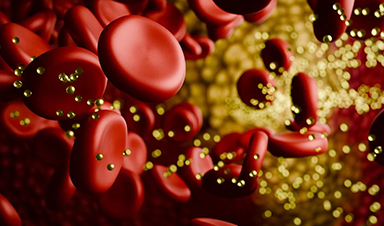



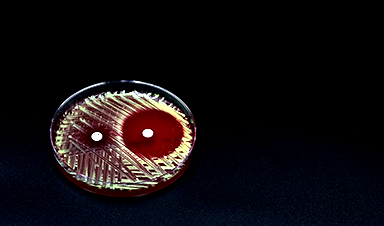


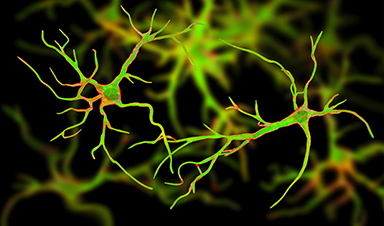
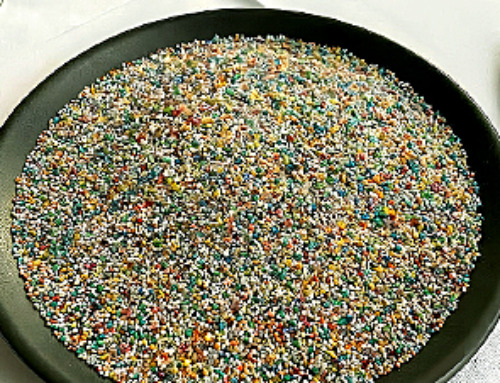



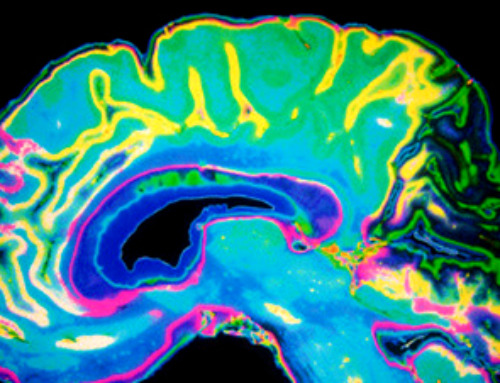
Leave A Comment